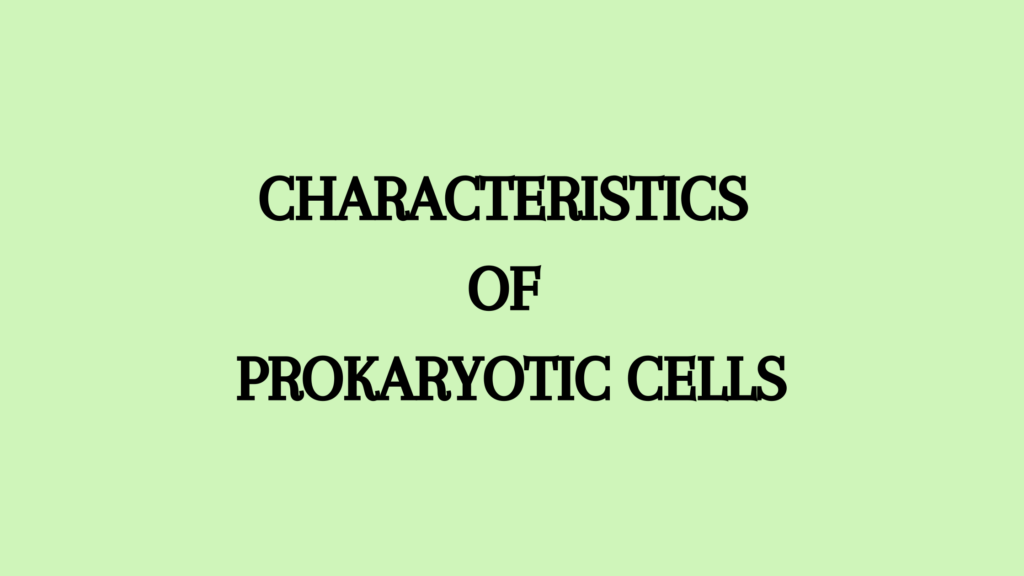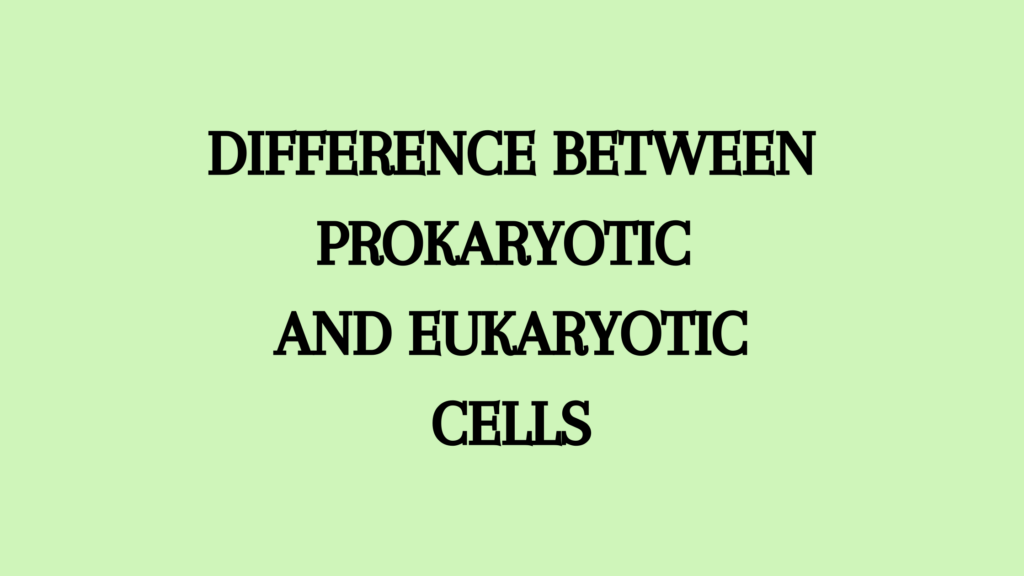The basic characteristic of mitotic cell division is that the two daughter cells resemble each other and the parent cell, both qualitatively and quantitatively. The mitosis is composed of two apparatuses, i.e, the chromatin apparatus, which includes the chromosomes, and the chromatic apparatus, the nucleolus, which in turn includes centrioles and spindle.
Phases of Cell Cycle
Every actively dividing cell passes through a series of stages known as the mitotic cell cycle, such as two gap phases known as G1 and G2 phases, the synthesis phase called the S phase, and the M phase where it divides to form daughter cells. These phases are collectively called the cell cycle. Apart from these phases, there is also a G0 phase when the cell cycle rests.

Interphase
The stage between two mitotic divisions is called an interphase, which involves the G1, S, G2, and G0 phases. It is also called the intermitotic phase. For a long time, interphase was thought to be an inactive stage of the nucleus and hence was called the Resting Stage.
But now, it is established that the interphase is highly metabolically active. The synthesis of materials necessary for the replication of chromosomes and segregation to opposite poles takes place during interphase. The DNA and protein, which are the precursors, are synthesized from the parent chromosome in the cell.
Characteristics of Interphase
- The cell in interphase is characterized by a nucleus that shows no definite structure except the nucleolus and chromatin network.
- The interphase nucleus, when stained, takes up very little stain because the nucleic acids are too diffused to take up the stain.
- The chromosomes are, therefore, extremely thin and extended.
- The high water content of the chromosome contributes to the non-stainability of the nucleus at this stage.
- Though the chromosomes remain highly extended and hydrated, the individuality of chromosomes is retained.
- The interphase is the longest phase of the mitotic cycle, taking one or two days for its completion.
- During interphase, the nuclear envelope remains intact.
- The chromosome appears in the form of diffused, long-coiled, and indistinctly visible chromatin fibers.
- The amount of DNA doubled due to the accumulation of rRNA and ribosomal proteins in the nucleolus.
- The size of the nucleus is also greatly increased.
Stages of Interphase
G1 Phase
- G1 Phase (G for gap) is when the cell prepares for the cell division of mitosis through metabolic changes.
- It includes the synthesis and organization of the substrate and enzymes necessary for DNA synthesis.
- Cellular contents other than the chromosomes are duplicated during this phase.
- It marks the transcription of different RNAs and the synthesis of different proteins.
S Phase
- S Phase is the time during which the DNA replicates itself to form two sister chromatids.
- During the S phase ( S for synthesis ), synthesis of ( replication or duplication ) chromosomal DNA molecules takes place.
- Since histones are also synthesized during this time, the S phase can be considered a time of chromosomal as well as DNA replication.
G2 Phase
- G2 Phase sees further metabolic changes where the cell collects the necessary cytoplasmic materials for the eventual mitotic phase.
- The G2 phase is the post-DNA synthesis phase, during which all metabolic activities concerning the growth of cytoplasm and its constituent organic and macromolecules are performed.
- Loosely coiled replicated chromosomes are seen during this phase.
- Sister chromatids are visible with their centromeres.
M Phase
- M Phase is the mitotic phase where the nucleus and the cytoplasm divide to complete the cell division.
- The M phase is the period occupied by mitosis.
G0 Phase
During the G0 phase, cells have just exited the cell cycle. They do not prepare for cell division and stay inactive. Some cells enter this phase temporarily until they get an external signal that triggers them to enter the G1 phase. Some cells, such as the mature cardiac muscle and nerve cells, remain in this phase permanently. They exit the cell cycle right after cytokinesis.
Mitotic Cell Cycle
Mitosis includes the replication of DNA, the division of the nucleus, and the division of cytoplasm. Mitosis or mitotic events can be divided into these sequential stages.
- Prophase: During prophase, the spindle fibers appear, and the chromosomes start to condense.
- Protometaphase: During prometaphase, the chromosomes attach themselves to the spindle fibers and condense further.
- Metaphase: During metaphase, the chromosomes align themselves on the spindle fiber.
- Anaphase: In this phase, the centromeres divide, and the sister chromatids start moving toward opposite poles.
- Telophase: During telophase, the chromosomes reach the poles and decondense, followed by nuclear membrane formation to complete the karyokinesis or nuclear division. The spindle fibers also disappear at this stage.
- Cytokinesis: It is the division of cytoplasm, and a cell membrane is formed. This results in the formation of two daughter cells that have identical genetic information as the parent cell.
References
- Agarwal, P. V. |. V. (2004). Cell biology, Genetics, Molecular Biology, Evolution, and Ecology: Evolution and Ecology. S. Chand Publishing.
- https://le.ac.uk/vgec/topics/cell-cycle/the-cell-cycle-higher-education#:~:text=In%20the%20adult%20organism%2C%20mitosis,%2C%20metaphase%2C%20anaphase%20and%20telophase.
- https://bio.libretexts.org/Courses/University_of_California_Davis/BIS_2A%3A_Introductory_Biology_(Britt)/02%3A_Face-2-Face/2.02%3A_The_Mitotic_Cell_Cycle
- Maes, Anke & Menu, Eline & De Veirman, Kim & Maes, Ken & Vanderkerken, Karin & De Bruyne, Elke. (2015). The therapeutic potential of cell cycle targeting in multiple myeloma. Oncotarget. 8. 10.18632/oncotarget.18765.
Additional Reading
- Short Note on Chromosome
- Describe The Structure Of Chromosome
- Explain Centromere and Telomere
- Write a Short Note on Cell Division




